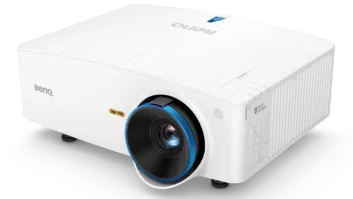Newark, Calif. — The Video Electronics Standards Association (VESA) published Tuesday its Multiple Projection Common Data Interchange (MPCDI) standard for projection calibration systems.
The standard defines how multiple displays, typically projectors, are combined to create a single seamless display.
The MPCDI standard was developed by VESA’s Multi-Projector Automatic Calibration (MPAC) task group to allow multi-projector systems to generate the data needed to combine individual display components into a single, seamless image.
The systems are able to produce data that can be consumed by a variety of devices, other programs and displays without necessitating individual integration efforts, VESA said. Rather than having to worry about integrating with multiple systems, the new piece of hardware and software can be easily integrated with the standard, VESA said.
“The work of the MPAC task group to standardize multi-projection implementation will be widely used by many industries for years to come, further demonstrating the breadth of the association and its impact on the image display and electronics industries,” said Craig Wiley, VESA board chairman.
VESA is an international standards association representing a global hardware, software, PC, display and component manufacturers in developing and promoting technologies and standards for the electronics industry.
Currently, multiple projector systems require the integration of many different components. With custom multiple-projector displays, this can require combining projectors, image generators, warping boxes, media servers, splitters and distribution amplifiers.













